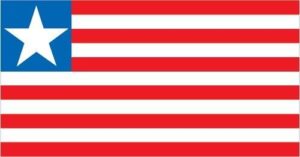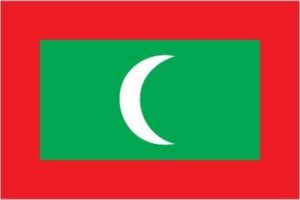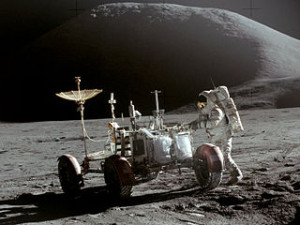 Liberia celebrates Independence Day. In 1816 freed slaves settled in a town in Africa later named Monrovia. The colony grew and became the first republic in Africa in 1847. The country is about the size of Tennessee, and it has a tropical climate. Agricultural products include coffee, cocoa, bananas, and rice. Almost four million people live there, and most of the major cities are along the Atlantic coast. Monrovia remains the capital. Children can learn more at: Liberia.
Liberia celebrates Independence Day. In 1816 freed slaves settled in a town in Africa later named Monrovia. The colony grew and became the first republic in Africa in 1847. The country is about the size of Tennessee, and it has a tropical climate. Agricultural products include coffee, cocoa, bananas, and rice. Almost four million people live there, and most of the major cities are along the Atlantic coast. Monrovia remains the capital. Children can learn more at: Liberia.

Flag of Maldives
Maldives celebrate Independence Day. Great Britain gave up control of the coral islands in 1965. About 1,200 islands make up this country located in the Indian Ocean. In total the area of the islands is about 1.7 times the area of the Washington, DC. Almost 400,000 people live there, and many derive their income from the tourist industry. Male is the capital. Children could learn more at: Maldives.

New York Flag
New York became the eleventh state of the United States by ratifying the Constitution in 1788. Giovanni de Verrazano entered New York Bay in 1524. In 1609 Henry Hudson explored the area. Peter Minuit bought Manhattan Island from the Indians in 1625 and named the colony New Amsterdam. In 1664 the British attacked and won the territory. They renamed the land New York, after the Duke of York. The state’s nickname is the “Empire State,” and the capital is Albany. New York, New York continues to be a leading power in commerce and industry. Children could visit an Internet site at: New York.
Book printed in and about Esperanto was published for the first time in 1887. L. L. Zamenhof wrote Unua Libro. Children could visit a website discussing Esperanto at: Esperanto. Children could also read almost 100 books in Esperanto at: Project Gutenberg.

Irwin with Lunar Rover I
Apollo 15 was launched in 1971. Astronauts David Scott and James Irwin landed safely on the moon on July 30 and used a four-wheeled vehicle, Rover 1, to travel across the surface. Astronaut Alfred Worden remained in the command module, Endeavor. The crew returned safely to earth on August 7, 1971. Apollo 15 was the fourth crewed mission to land on the moon. Children can learn more at: Apollo 15.
Jan Berenstain (born Philadelphia, Pennsylvania, 1923; died New Hope, Pennsylvania, February 24, 2012) was a children’s author and illustrator. She and her husband Stan created the Berenstain Bears series. Over 300 books were published in at least 23 languages. Children could visit a website at: Berenstain Bears.
George Catlin (born Wilkes-Barre, Pennsylvania, 1796; died Jersey City, New Jersey, December 23, 1872) was an artist. He is most known for his studies of Native Americans. Children can view some of his works at: George Catlin.
R. Gregory Christie (born Plainfield, New Jersey, 1971) illustrates children’s books. He received a 2017 Caldecott Honor Award for Freedom in Congo Square. Children can learn more at: R. Gregory Christie.
Stephen Cosgrove (born Metaline Falls, Washington, 1946) has written at least 300 books for children. He also designs toys. His books include Leo the Lop and Serendipity. Children can visit his website at: Stephen Cosgrove.
Margaret Hodges (born Indianapolis, Indiana, 1911; died Oakmont, Pennsylvania, December 13, 2005) wrote more than 40 books for children. Her Saint George and the Dragon was illustrated by Trina Schart Hyman, who received the 1985 Caldecott Medal for her work.
Aldous Huxley (born Godalming, Surrey, England, 1894; died Los Angeles, California, November 22, 1963) was a writer and philosopher. One of his most well-known works is Brave New World.
George Bernard Shaw (born Dublin, Ireland, 1856; died Ayot St. Lawrence, England, November 2, 1950) was a playwright. He received the 1925 Nobel Prize in Literature and a 1938 Oscar for his play Pygmalion. Children can read many of his works at: Project Gutenberg.